
What is breast reduction surgery?
A breast reduction, or ‘mammoplasty’, is a surgical procedure performed to reduce the volume of the breast, in order to make it smaller,more attractiveand sometimes more shapely.
Large and heavy breasts can undermine your confidence and cause health problems that affect your quality of life.
Breast reduction precedure focusses on removing excess tissue in the breast, as well as fat and skin to lighten the weight and prominence of the breast. Your nipples will be reshaped or raised, along with the breast, which will create a perkier – and ultimately more aesthetic – breast shape.
Although larger breasts are perceived as sexually attractive by most people, large breasts can cause problems such as physical pain (neck/back pain) and emotional and social anxiety.
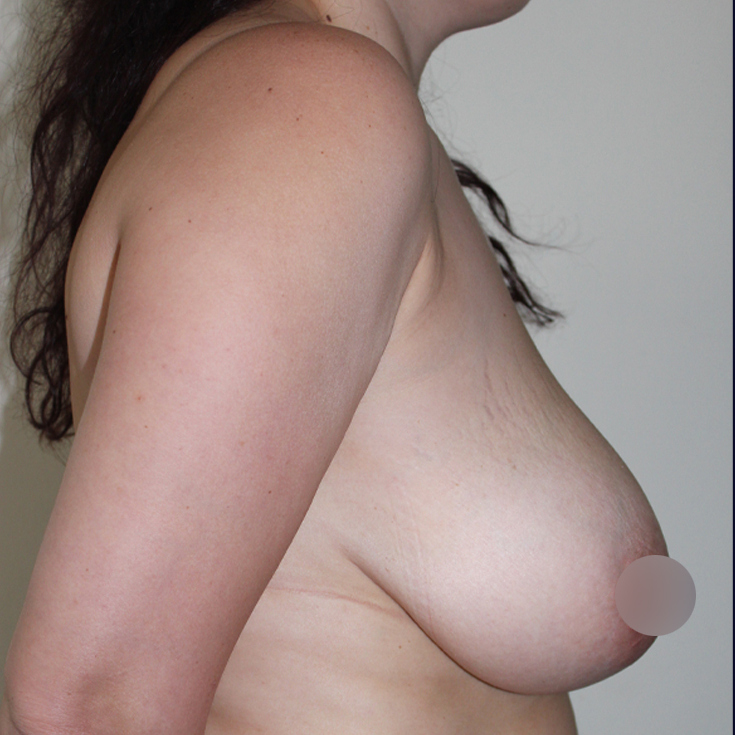


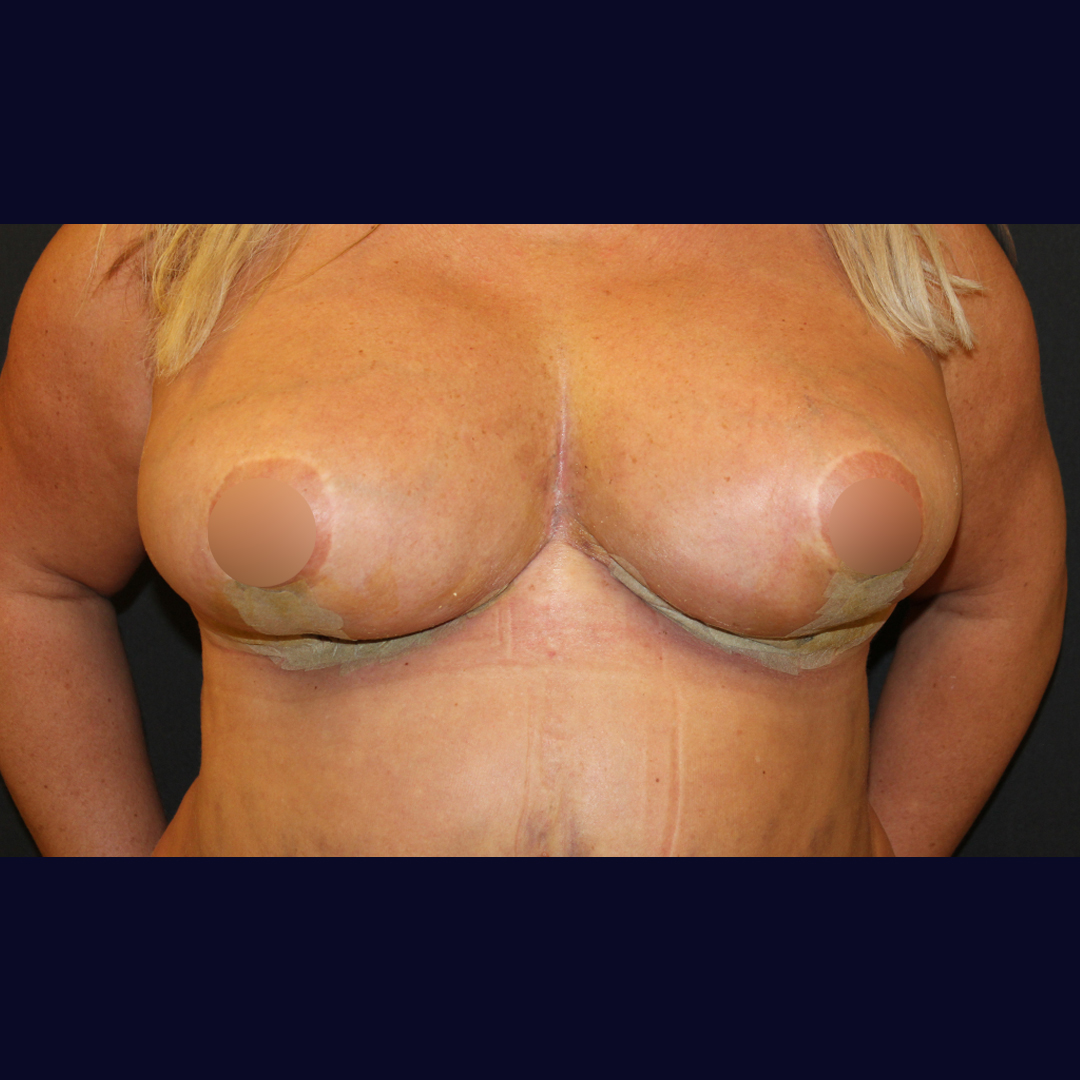
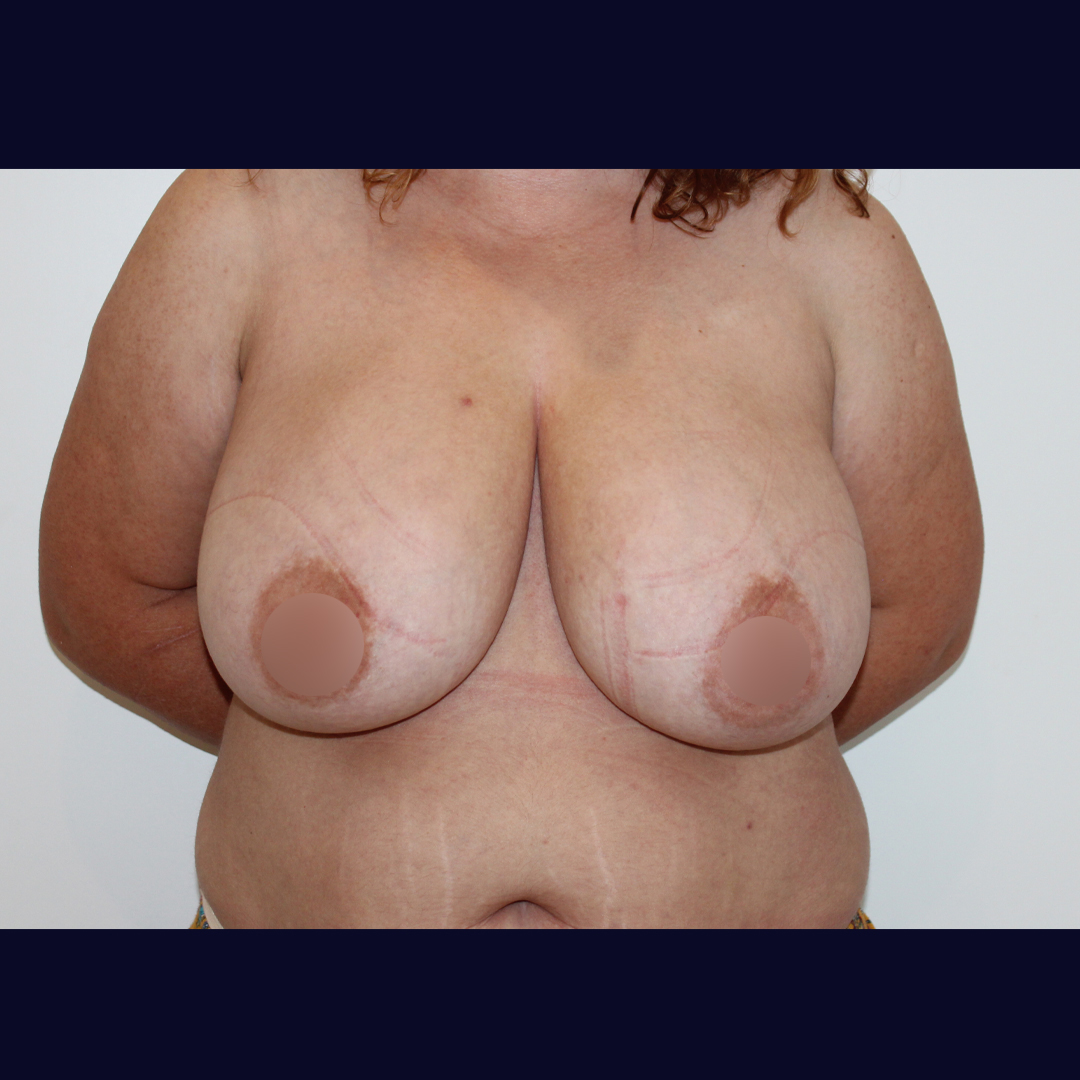

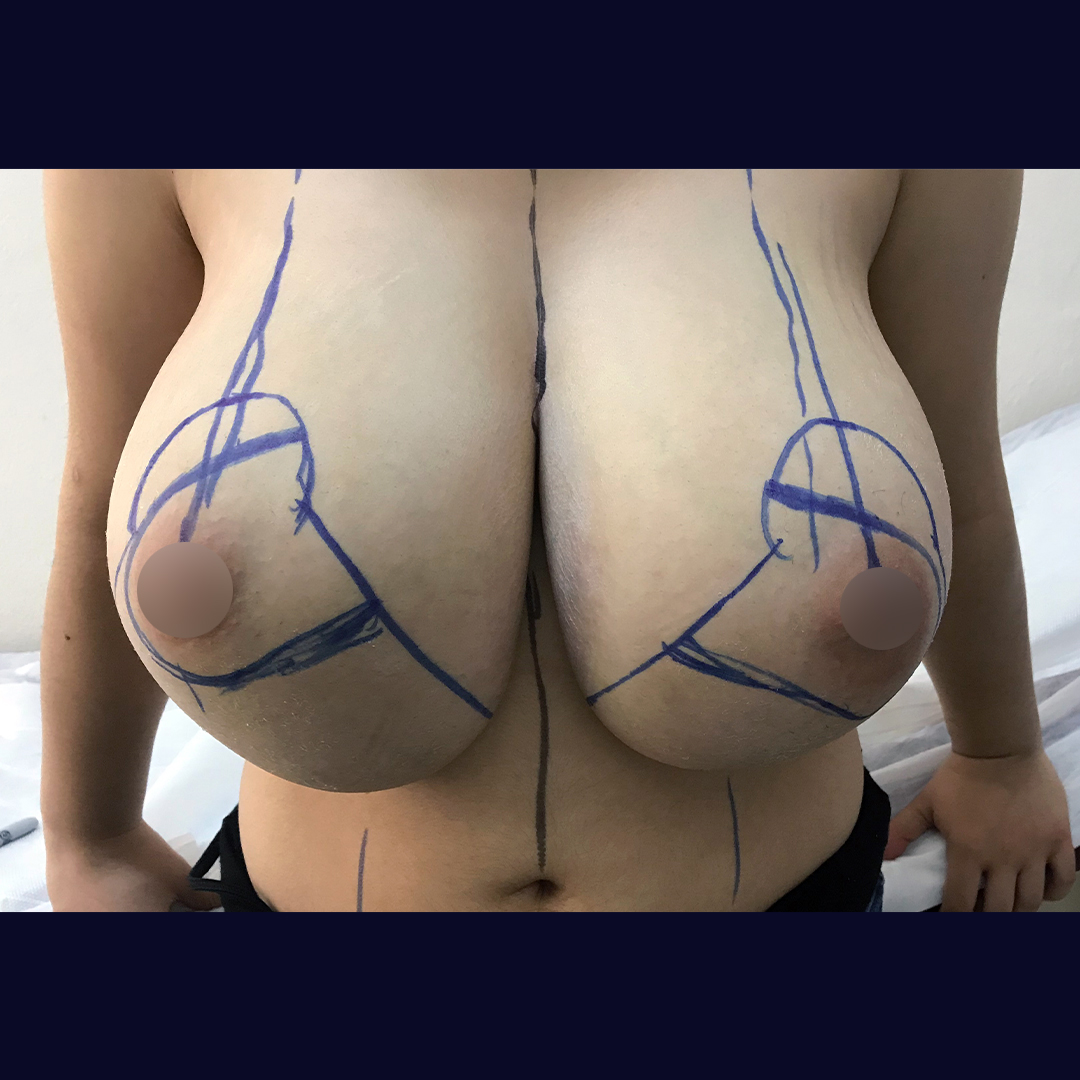
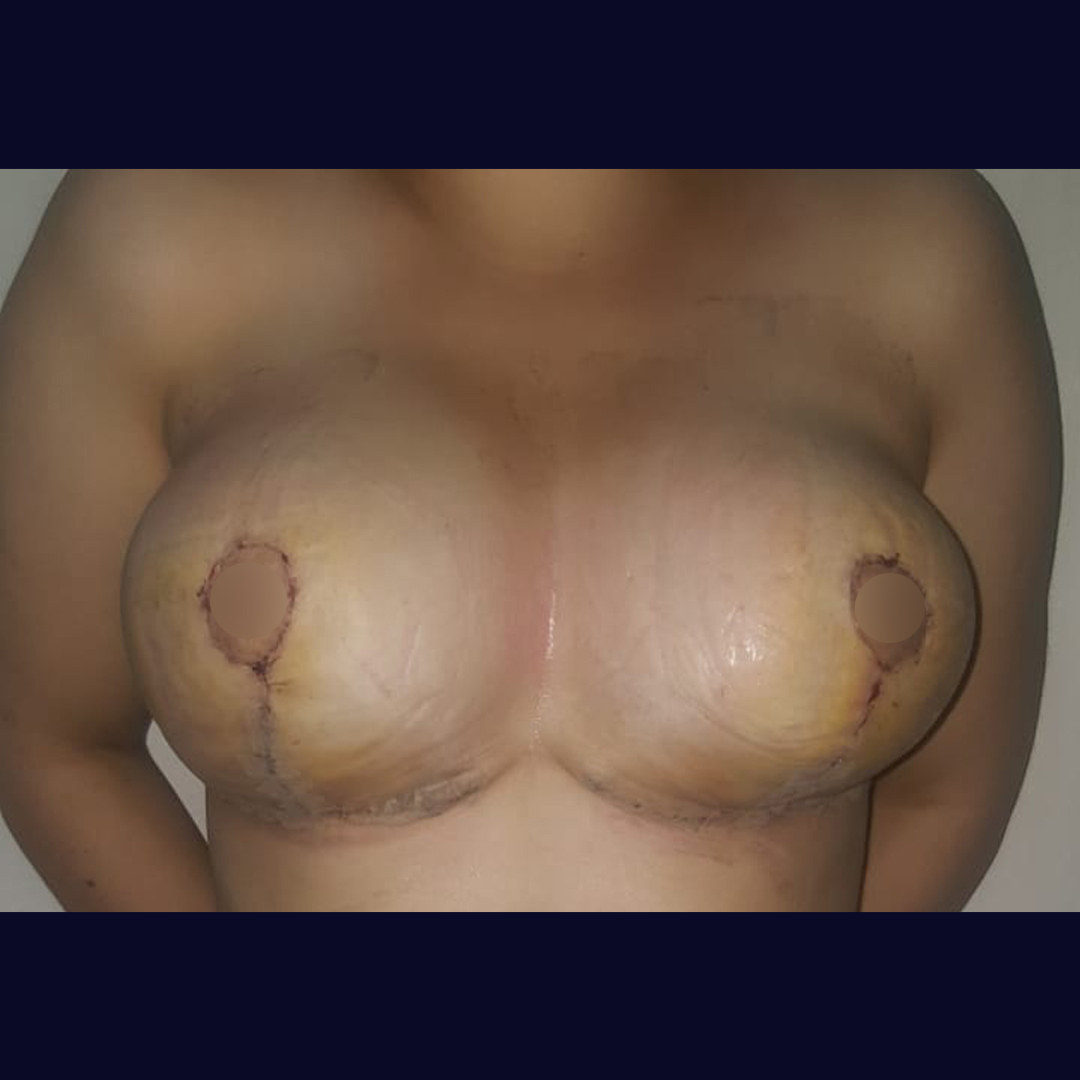
Who can benefit?
The Breast Reduction procedure is ideal for patients with naturally very large breasts that cause discomfort or inconvenience, or those that have permanently increased in size following childbirth.
If you are considering breast reduction surgery, you may fall into one of the following:
-
Heavy, painful breasts
- Larger breasts tend to weigh more. Combined with gravity, can place unnecessary strain on your shoulders and back. Cumbersome breasts can lead to poor posture, which causes upper and lower back aches. Bra straps can also cut deep, painful grooves into the shoulders.
-
Lifestyle dissatisfaction
- For women with very large size breasts, the lack of clothing options and unwanted attention can take an emotional toll. Many women are frustrated that their breasts prevent them from engaging in physical activities they love and exercise to improve their health. In some cases, breast size may also cause embarrassment.
Reasons for considering a breast reduction:
-
Eliminate back, neck or shoulder pain caused by heavy breasts.
-
Reshape breasts which have lost their firmness due to their large size.
- Enable physical activity prohibited before due to the size of the breasts.
-
Bras and straps become more comfortable with the reduction of large breasts.
Who is a good candidate for breast reduction?
Your heavy breasts cause medical problems such as neck and back pain, skin irritation or rashes, difficulty breathing at times, or changes in your bone structure.
- Your breast size limits your physical activity
-
Your overly large breasts make you feel self-conscious about your appearance
- Your breasts are out of proportion with the rest of your body
Also keep in mind that you must not be breastfeeding or intend to breastfeed in the future in order to undergo breast reduction
If you are in good general health with fully developed breasts and experience any of the following conditions, you may be a good candidate for breast reduction surgery:
-
An adult with fully developed breasts
-
You must be physically and psychologically fit and healthy
-
Concerned by the size or shape of at least one of their breasts, either for aesthetic or comfort reasons
-
Have realistic expectations of what can be achieved by surgery
Breast Reduction Procedure
A breast reduction surgery will give the breasts a natural look. In aesthetic breast reduction surgery, the large breast tissue is reshaped according to the body size of the person. The nipple is then moved to where it should be.
Breast reduction operations leave a scar; depending on the size and sagging of the breast.
In breast reduction surgery, the procedures are performed is as follows:
The nipple is moved up, excess breast tissue is removed and shaped, and finally, excess skin tissue is removed and discarded. The length of the trace remains dependent on the size of the breast, the sagging and the elasticity of the patient’s skin. All traces become faint over time and become barely noticeable. All conventional breast reduction is terminated by an “inverse T” scar.
This method can be applied in patients with excessively large and sagging breasts, in patients who lose elasticity of the skin due to excessive weight loss, in elderly people and those with excessive asymmetry. But it is not a suitable technique especially in young patients.
Vertical mammoplasty is currently the most recent breast reduction and lifting technique. In this method, the remaining trace, around the nipple and descending in the form of a vertical track. In this technique, both the scar is short and the aesthetic results are good. The breast base is narrowed better, the breasts are more upright. It is also superior to other methods in terms of results.
Where does Doç. Dr. Fatih Irmak perform this procedure?
What type of anesthesia is used for breast reduction surgery?
General anesthesia is used to help you feel completely comfortable throughout your procedure.
How long does breast reduction take?
What to expect after breast reduction surgery?
You will be ready to go home shortly after the procedure in most cases.
During surgery, your breasts will be covered with a gauze dressing, and a surgical bra will be placed over the dressings to help hold your newly contoured breasts in the correct position. A small tube called a drain may be inserted into each breast to help drain off excess fluid; you will be given instructions on how to care for the drains.
During the first 24 to 48 hours after your procedure, you will feel tired from the anesthesia and sore from the surgery. Your doctor will prescribe pain medication to alleviate much of the discomfort. Your discomfort level will improve rapidly after the first 2 days.
You can take a shower or bath the day after your surgery; however, don’t let the bandages covering your incisions get overly wet. You can take off the surgical bra placed over your breasts after the surgery during your shower or bath, but it must be worn at all other times (even while sleeping) for the first 2 weeks after your surgery.

